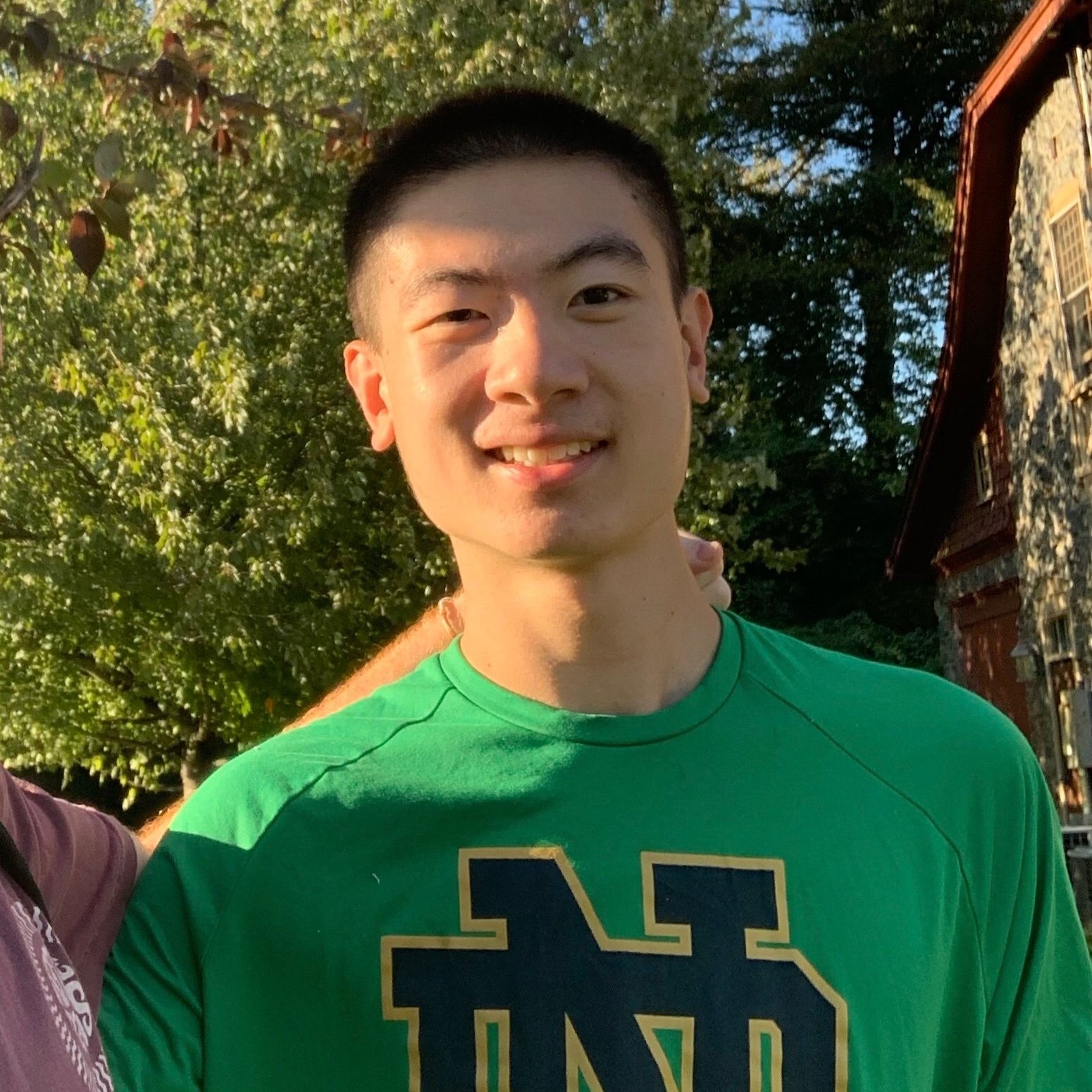The northern parts of Canada are extremely isolated and difficult to reach, but they are full of diverse landscapes.
The northern lights can be seen in northern Canada. Studiolit. CC BY-NC-ND 2.0.
Remote, desolate, wild. These are some words that describe the northern reaches of Canada, an area that includes the Yukon, Northwest Territories and Nunavut. Comprising a combined area of 4 million square kilometers, only 130,000 people live in those three territories. That means there is one person per every 30 square kilometers of land on average. Only a handful of scattered settlements exist, making it a challenge to visit the northern territories of Canada.
The landscape of northern Canada is varied. There are snowy mountains, taiga, large lakes and arctic tundra. The diverse landscapes allow travelers to choose a destination according to their liking.
Rivers, forests and mountains meet in the Yukon. kdee64. CC BY-NC-ND 2.0.
For those who prefer the mountains, the Yukon and the western portions of the Northwest Territories are the place to be. In the Yukon, travelers can trek through the mountains following the footsteps of those who participated in the 1897 Klondike Gold Rush. While in the area, it is also possible to explore the historic towns that were established at the height of the gold rush. Many hiking excursions in the area are multi-day treks that require much skill and often guides to lead the way.
A more wild experience can be found in the Nahanni National Park, where experienced paddlers can go on a river trip on the Nahanni River, one of the most remote in the world. For people who are unable to engage in such strenuous activity, flight tours of the region exist. Any trip into the mountains would come with the opportunity to see moose, bighorn sheep and grizzly bears.
A float trip down the Nahanni River is one of the highlights of the Northwest Territories. Mike Beauregard. CC BY 2.0.
For those who prefer the vast coniferous forests, there are plenty in northern Canada. They take up the southern half of the Northwest Territories and Nunavut. Within the boreal forests of Canada are the Great Bear Lake and the Great Slave Lake, both among the largest lakes in the world. Abundant opportunities for fishing abound on those lakes.
In the northern half of the Northwest Territories and Nunavut, there is the arctic tundra. Desolate and isolated, it is extremely difficult to get to. Many people see this unique landscape by cruise. The ice sheets and fjords make for an unforgettable landscape. This is also one of the best opportunities to see arctic wildlife such as polar bears and narwhals.
Now for the logistics—getting to northern Canada is extremely difficult. Besides some of the aforementioned cruises that take visitors to the Arctic, most visitors would have to charter their own flights to their desired destination. Most treks are strenuous in nature and would take multiple days to complete. Guides are sometimes necessary. Northern Canada is also only accessible for a short time each year. June through August is summer for the region, and that is the only time of the year that the region is accessible to visitors. Even during the summer months visitors should not expect warm weather, and should pack accordingly.
While its population may be small, northern Canada is still home to Indigenous peoples, namely the Inuit and members of the First Nations, who have lived there for thousands of years. The Indigenous people are trying to preserve their traditional way of life, and have been fighting for years to get more recognition and autonomy. They wanted the Canadian government to transfer land ownership back to Indigenous population. A victory occurred in 1999 when the territory of Nunavut was created from the Northwest Territories to give the Inuit their own government which resulted in them gaining political control of the new territory. Because of that, the Inuit way of life has stayed strong and Indigenous languages remain vibrant.
Bryan Fok
Bryan is currently a History and Global Affairs major at the University of Notre Dame. He aims to apply the notion of Integral Human Development as a framework for analyzing global issues. He enjoys hiking and visiting national parks.




